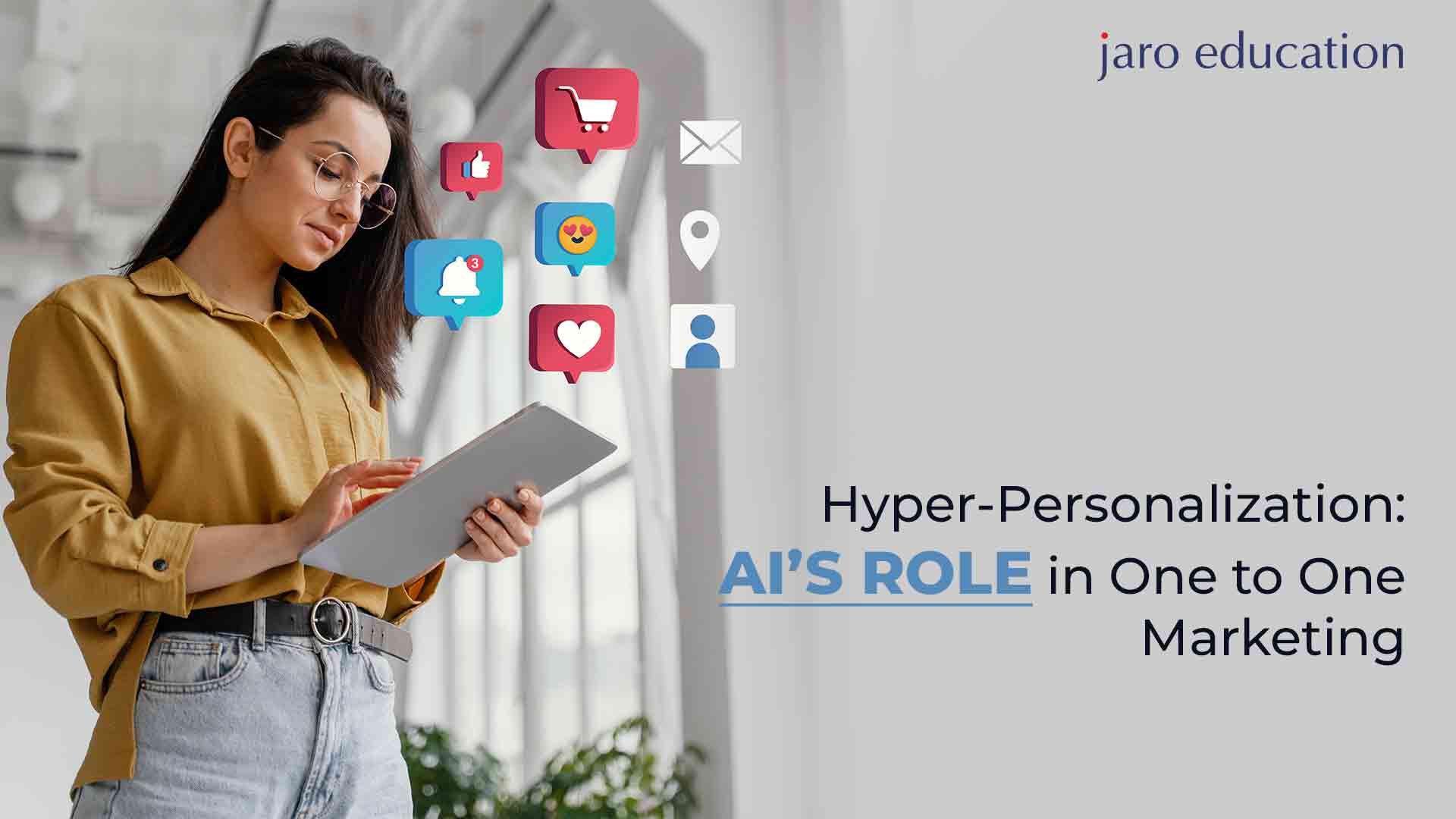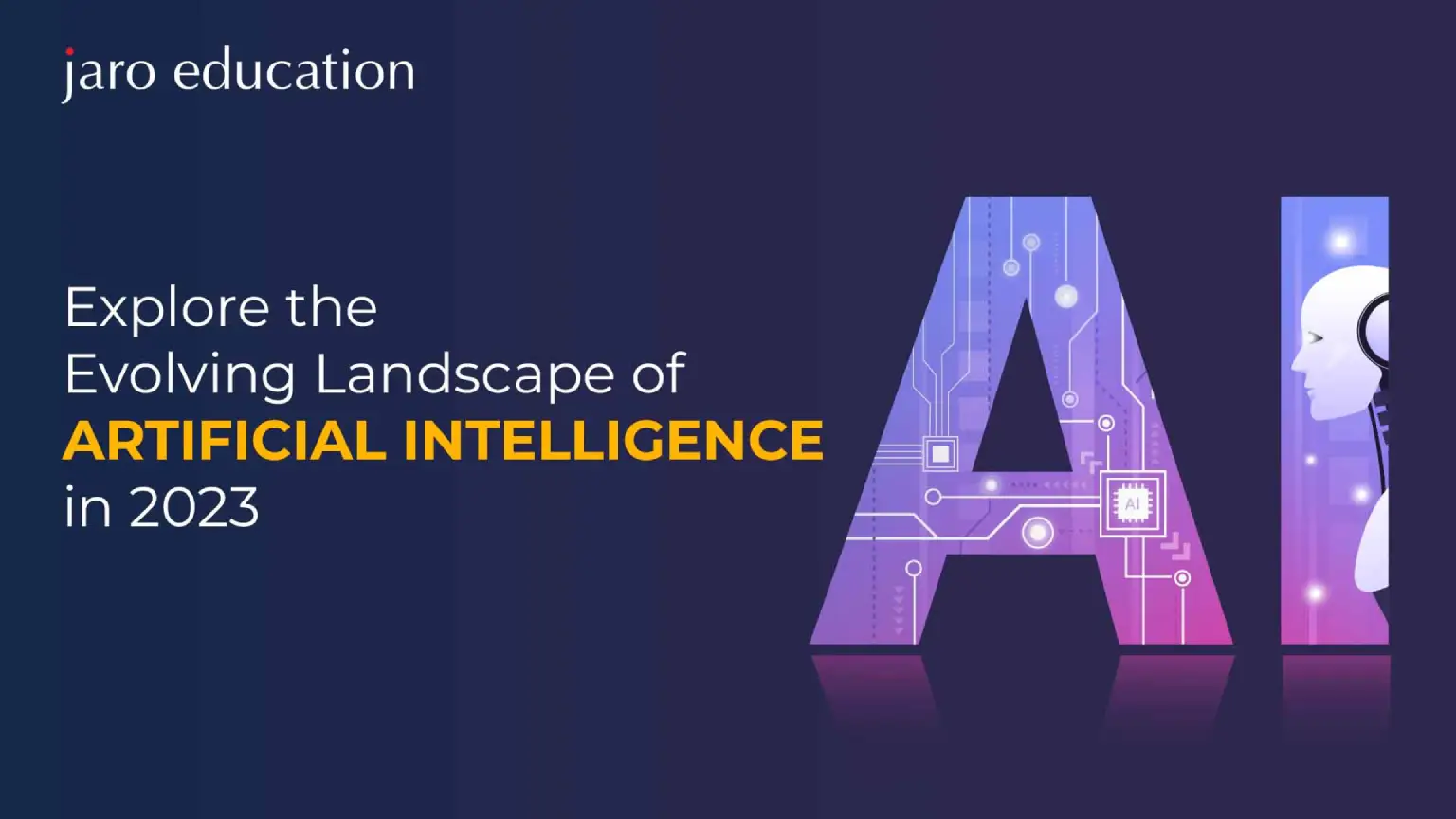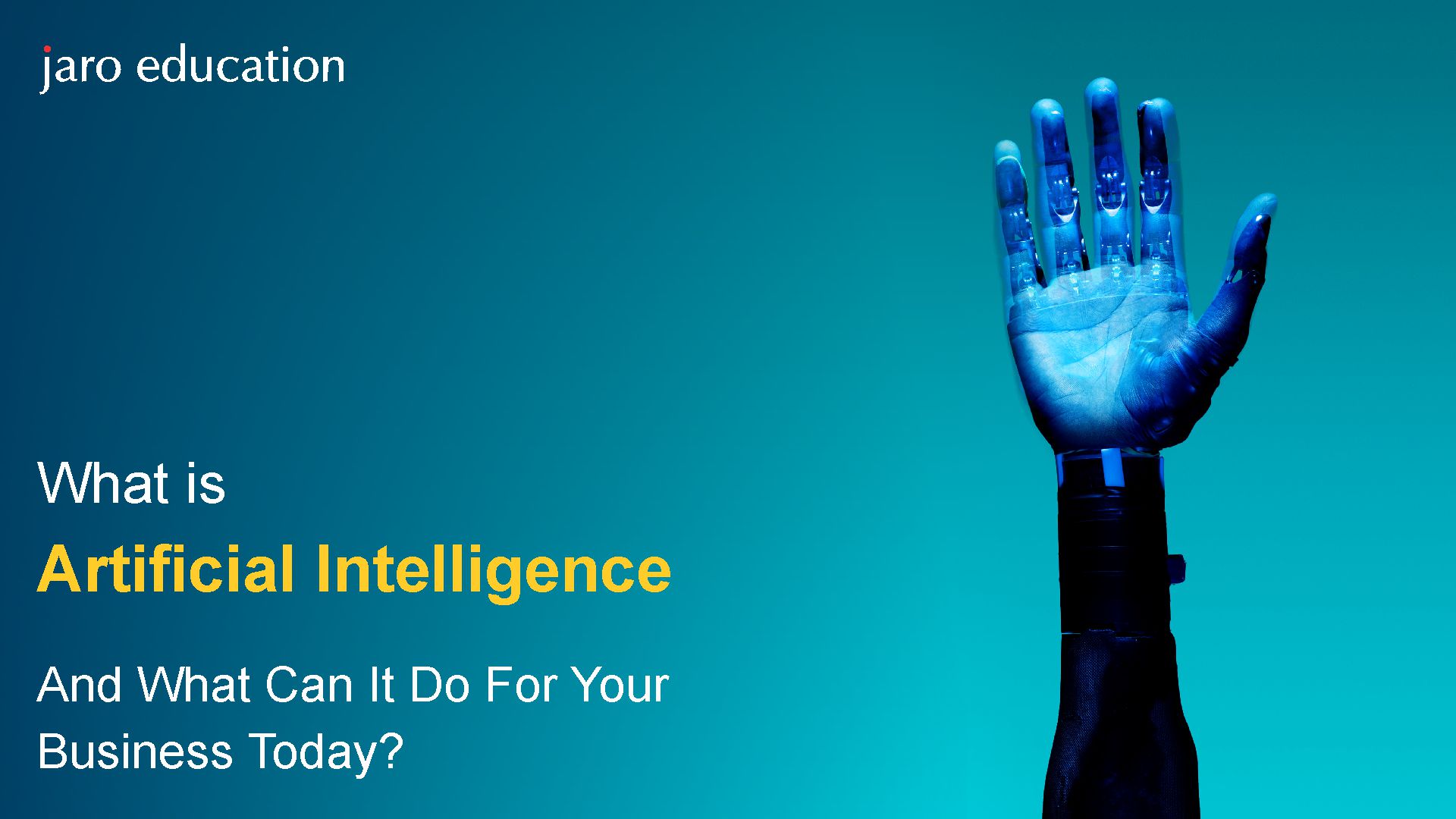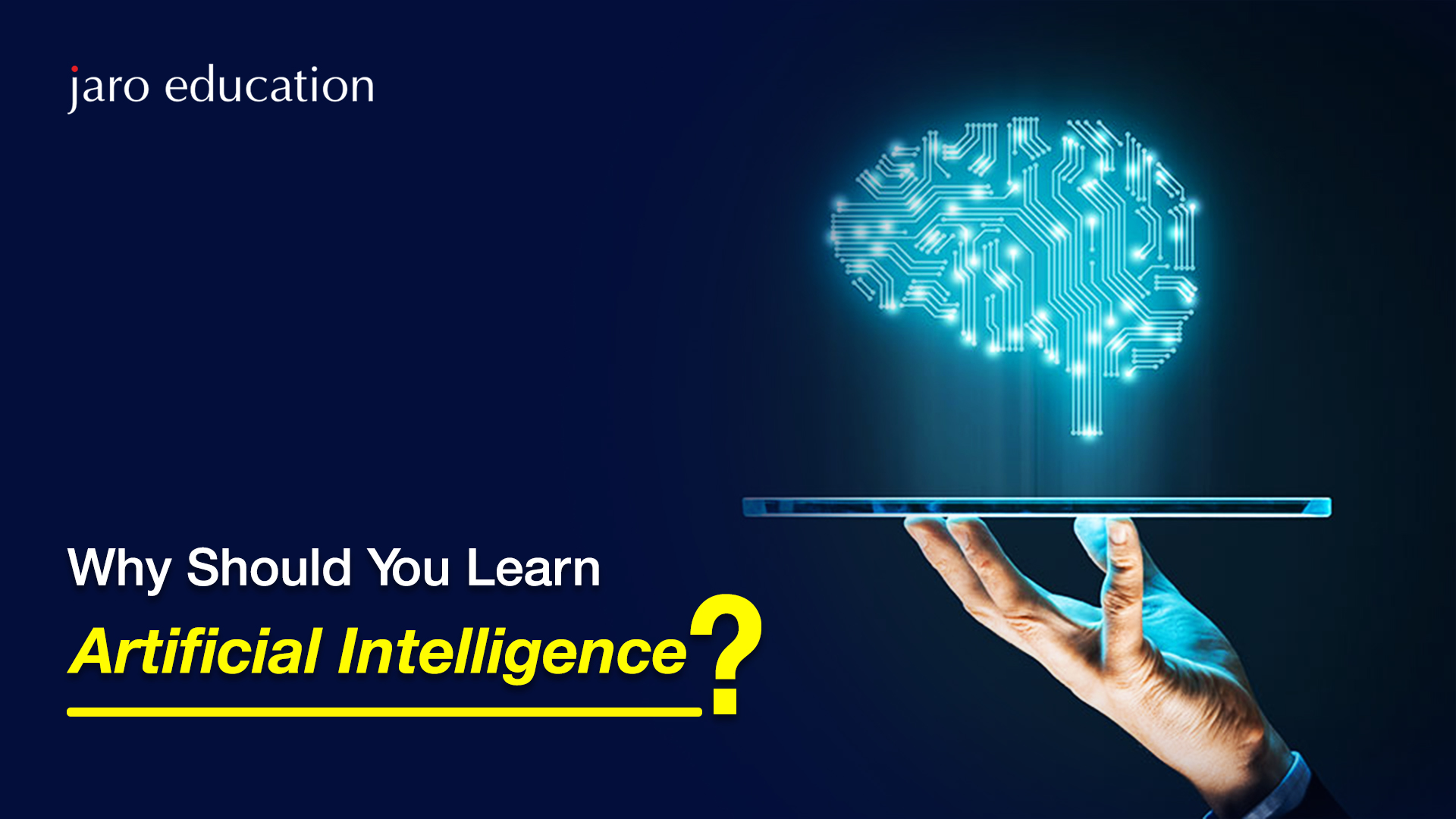
In the current era, marked by rapid technological advancements and continuously shifting customer preferences, businesses are trying to opt for various innovative ways to connect with a specific set of audiences. They are trying to communicate on a more personal and meaningful level. Hyper-personalization, a cutting-edge marketing strategy powered by artificial intelligence (AI), has emerged as a transformative force in the world of marketing. This approach goes beyond traditional segmentation and mass marketing, allowing brands to tailor their messages, products, and services to individual consumers with unprecedented precision.
To enhance your knowledge and skills in various areas of AI driven one to one marketing, you can register for the Executive Programme in Marktech and AI Driven Marketing offered by the prestigious IIM Indore. By being a part of this course, you can empower yourself with advanced knowledge in the field. Offered for a duration of 12 months, this program has a holistic curriculum focussed on real business use cases.
What Do You Mean By Hyper-Personalization?
Hyper-personalization is an advanced marketing approach that customizes content, services, and products according to the requirements of individual customers with the highest degree of precision and perfection. Unlike traditional marketing, which often relies on a broad audience segments and generic messages, hyper-personalization leverages advanced technologies like artificial intelligence (AI) and data analytics to create highly individualized marketing experiences.

Table of Contents
In traditional marketing, businesses typically divide their audience into broad categories based on demographics or basic interests. Messages and campaigns are then designed to target these segments as a whole. However, this approach often results in generic, one-size-fits-all content that may not resonate with the diverse preferences of individual customers. On the contrary, Hyper-personalization goes beyond demographics. It analyzes vast datasets, utilizing AI algorithms to identify subtle patterns in customer behavior and preferences. This gives businesses the ability to craft messages and recommendations tailored to the distinct needs, interests, and buying habits of each customer.
Data Fuelling Hyper-Personalization
To attain the highest levels of personalization, brands equip themselves with the power of data analytics, artificial intelligence, and machine learning. These are state-of-the-art technologies that empower businesses to collect, scrutinize, and use extensive datasets sourced from various channels, including transaction history, browsing history, along with social media activities. By understanding the obtained data, brands can predict the needs of customers along with their inclinations and expected future behaviors with the highest levels of accuracy. This may involve suggesting a product that aligns with the customers’ liking, notifying them about a relevant event, and even extending personalized discounts to encourage further purchases.
AI algorithms continuously refine behavioral data with each new interaction, progressively enhancing the intelligence of marketing campaigns as they extend across a broader customer base and multiple channels. The incorporation of AI in hyper-personalization empowers you to dynamically shape and refine customer profiles in real-time. It transcends traditional segmentation, enabling the creation of bespoke customer experiences tailored uniquely for each individual.
Primary Components Associated with Hyper-Personalization
Hyper-personalization requires multiple factors to precisely make it happen. Below are the components to consider for hyper-personalization.
Data Gathering
As the initial and pivotal step, it’s essential to collect comprehensive customer data, including demographics, browsing habits, transaction history, social media engagement, surveys, purchase records, search history, sentiment analysis, and various online interactions. Subsequently, machine learning algorithms analyze this data to craft personalized experiences for every individual.
Analyzing Data
After the collection of data, it is necessary to extract relevant information from it. This process may involve various steps, such as checking for the latest trends, the behavior of the target audience, and their preferences. These elements enable companies to decide on which action will be feasible in that particular situation.
Usage of Machine Learning AI and Generative AI
AI and ML serve as the powerhouses propelling hyper-personalization forward. These cutting-edge technologies possess the capability to scrutinize vast datasets, derive insights, and make predictions or decisions autonomously without the need for extensive programming. Generative AI extends personalization beyond reactive responses, empowering businesses to forecast and create customized content to anticipate forthcoming customer behaviors and preferences. This involves the generation of tailor-made promotional offers, the crafting of personalized shopping guides, and the development of distinctive user experiences. Through these means, generative AI introduces an additional level of proactive engagement to personalization and greatly elevates the overall customer experience.
Journey Mapping of a Customer
Comprehending the customer journey stands as a fundamental prerequisite for delivering personalized experiences at each touchpoint. This includes the recognition and delineation of the distinct phases clients go through while engaging with your brand, encompassing their journey from the initial awareness stage till the purchase stage and beyond.
Making Decisions in Real Time
Hyper-personalization necessitates the ability to make instantaneous decisions according to the collected data. These decisions can range from the straightforward delivery of personalized product recommendations to the intricate task of dynamically shaping the entirety of the user experience in real time.
Privacy and Security
Given the substantial volume of personal data involved, it becomes pivotal to maintain responsible data handling practices and compliance with applicable privacy laws and regulations.
Testing and Optimization
The process demands a continuous cycle of testing and refinement. This entails systematically assessing the efficiency of your personalization endeavors to deduce successful strategies, identify areas for improvement, and promptly implement necessary adjustments that enhance the overall customer experience.
Attributes to Consider for Hyper-Personalization
For curating a holistic customer perspective using hyper-personalization, one needs to understand the customers in totality by scrutinizing various aspects at different levels. Below are some of the prime attributes one should consider for hyper-personalization in marketing.
Demographics
This encompasses foundational data such as age, gender, location, income, occupation, and more. These details establish a fundamental understanding of the customer’s identity.
Behavioral Data
This area involves information regarding a customer’s online conduct, including browsing history, visit frequency, click patterns, cart activity, purchase history, product reviews, and beyond. Such data is instrumental in analyzing customer behavior and predicting future actions.
Psychographics
This category offers insights into a customer’s lifestyle, interests, preferences, personality traits, and values. Such knowledge empowers businesses to align their messaging and offerings with the customer’s way of life and values.
Interaction Records
This encompasses data derived from every touchpoint a customer has with a brand, spanning customer service interactions, social media engagement, email correspondences, and more. It offers valuable insights into how the customer engages with the brand across diverse channels.
Transaction History
Transaction history examines purchase history, average expenditure, purchase frequency, and the types of products or services acquired. This data serves as a valuable resource for recognizing buying patterns and forecasting future requirements.
Sentiment analysis
Analysis of customer reviews, social media posts, or any other customer feedback can provide insights into how a customer feels about a brand or a product. This can help businesses improve their products or services and manage their reputation effectively.
Benefits of Hyper-Personalization
Ventures that are capable of delivering hyper-personalized experiences represent themselves as adaptive and attentive. This inculcates a sense of trust within their customer base. Here are the other advantages of hyper-personalization, as witnessed by brands and customers.
Unparalleled Customer Satisfaction
By customizing content, interactions, and recommendations to match the preferences of various individuals, businesses craft an exclusive and gratifying journey. This, on the other hand, has the ability to amplify customer interaction and engagement, enhance loyalty, and improve overall satisfaction levels.
Competitive Distinction
In today’s crowded marketplace, hyper-personalization offers a unique avenue for businesses to set themselves apart. It serves as a pivotal distinguishing factor, rendering a brand more attractive and appealing to discerning customers.
Elevated Conversion Rate
Embracing hyper-personalization can yield more potent marketing campaigns and e-commerce strategies. By delivering precisely tailored messages to customers at the opportune moment, businesses can achieve substantial enhancements in conversion rates.
Improved Loyalty of Customers
When a company continuously showcases its services in a personalized manner, it promotes strong relationships with its client base. This helps them to retain customers and intrigues them to repeat their purchases and converts them into a loyal customer and hence create a customer base with lifetime value.
Problem Areas of Hyper-Personalization
Maintaining an optimal equilibrium between personalization and privacy stands as a paramount concern. It is crucial for organizations to adhere to data protection regulations and handle their customers’ data efficiently. Some of the most common problem-areas of hyper-personalization are as follows:
Data Confidentiality and Security
While hyper-personalization necessitates comprehensive data gathering, it is incumbent upon businesses to manage this information conscientiously. Strict compliance with data privacy laws and regulations, such as CCPA in California or GDPR in Europe, is imperative. Neglecting these measures can potentially lead to substantial penalties and legal issues.
Challenges of Implementation
Making a successful hyper-personalization strategy can be intricate and time-intensive. It demands suitable tech softwares, seamlessly integrated business processes, a profound comprehension of the customer, and continuous commitment of the business professionals to sustain and enhance the personalization strategy.
Keeping a Balance Between Privacy and Personalization
Achieving an equilibrium between personalization and avoiding intrusiveness presents another hurdle. An excess of personalization can instill feelings of privacy invasion in customers, potentially undermining the customer-business relationship.
Takeaway
Hyper-personalization is a game-changing strategy for marketing, and AI stands at its forefront, aids it optimally. With the immense usefulness of machine learning, generative AI, and data analytics, businesses can now create experiences that resonate with individual customer needs exclusively. Fueled by AI, hyper-personalization is reshaping the future of marketing with increased meaningful interactions and brand awareness.
If you want to empower yourself with the intriguing topic of AI-empowered marketing, IIM Indore’s Executive Programme in Marktech And AI Driven Marketing is an excellent choice. Get in touch with Jaro Education and discover more about this course, which offers 125 hours of interactive learning by highly experienced IIM faculty.









